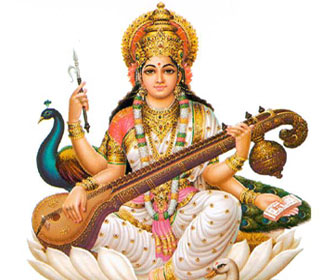Friends and associates of Swami Muktananda (Baba)

Photo: Baba Muktananda (at rear) with Bhagavan
Nityananda
Mentors
Hari Giri Baba
A mentor and guide to Baba Muktananda. He was an eccentric and humorous saint of great attainment from Vaijapur, Maharashtra.
Zipruanna
A naked avadhut from the village of Nasirabad, Maharashtra. He was a yogi of great attainment who was a spiritual mentor to Baba Muktananda for many years. He told Baba to go to Nityananda, saying 'he is your guru'.
Teachers
Siddharudha Swami (1837-1929)
A very well regarded saint of Karnataka. An early teacher in Baba’s teenage years. Baba learned Vedanta and took sannyasa, receiving the name, Swami Muktananda, in his ashram in Hubli, southern India.
Muppinariya Swami
A disciple and successor of Siddharudha Swami. Baba studied Vedanta with him in his ashram at Dharwar after the death of Siddharudha Swami. Made a visit to Ganeshpuri in his extreme old age, when Baba was very ill.
Spiritual friends and colleagues
Rang Avadhoot (1898-1968)
A well known saint of Gujarat who had worked with Gandhiji in his early days. He was a dear friend of Baba and visited the Ganeshpuri ashram a number of times.
Ranchod Bapuji
A great yogi who did much social work among the poor. He visited the Ganeshpuri Ashram in the mid-1960s. He and Baba had great affection for each other.
Swami Vishnu Tirth
A member of the Siddha Yoga lineage of Swami Gangadhar Tirth. Author of a book that Baba Muktananda often recommended to seekers, Devatma Shakti, which describes the process of Shaktipat. Baba and Swami Vishnu Tirth visited each other’s ashrams. Vishnu Tirth’s guru, Sri Yogananda Maharaj, wrote the book Mahayoga Vijnana, which helped Baba at a crucial point in his sadhana.maha mandleshwar Swami Brahmananda Giri
Main ashrams: Surat Giri Bangla, Haridwar and Sannyas Ashram, Vila Parle, Mumbai. Was invited by Baba Muktananda to preside over the initiation of Baba’s sannyasis in 1977. Baba and he became good friends and Brahmanandaji visited Baba’s ashram many times and initiated Baba’s swamis.
Mahamandaleshwar Swami Vishveshwarananda Giri
Main ashrams: Surat Giri Bangla, Haridwar and Sannyas Ashram, Vila Parle, Mumbai. Disciple and successor of Swami Brahmananda, who accompanied him on his visits to Baba Muktananda’s Ganeshpuri ashram. His relationship with Bhagavan Nityananda’s lineage continues to this day.
Sixteenth Gyalwa Karmapa, Rangjung Rigpe Dorje (1924-1981)
The spiritual head of the Karma Kagyu tradition of Tibetan Buddhism. He visited Baba at his Ganeshpuri ashram and also met with him at the Ann Arbor ashram in 1974. The two had great love for each other.
Sivaya Subramuniyaswami (1927-2001)
A US-born guru and founder of the Shaiva Siddhanta Church which has its ashram headquarters in Hawaii. Founding publisher and editor of the influential, Hinduism Today magazine. Visited Baba with many followers in Ganeshpuri.
Swami Venkatesananda (1921-1981)
A senior disciple of Swami Shivananda of Rishikesh whom he served as an attendant and secretary for many years. Later, he traveled and opened centres around the world. He had great devotion to Baba Muktananda and visited him frequently.
Ram Dass (Richard Alpert, b. 1931)
A psychologist who was Tim Leary’s associate at Harvard. Later he went to India, eventually becoming an influential spiritual teacher in the West. He toured with Baba on Baba’s 1970 world tour, introducing him to Western audiences.
Stanislov Grof (b. 1931)
A pioneer in the field of transpersonal psychology and the founding president of the International Transpersonal Association. He and his wife, Christina, were admirers and friends of Baba Muktananda.



















